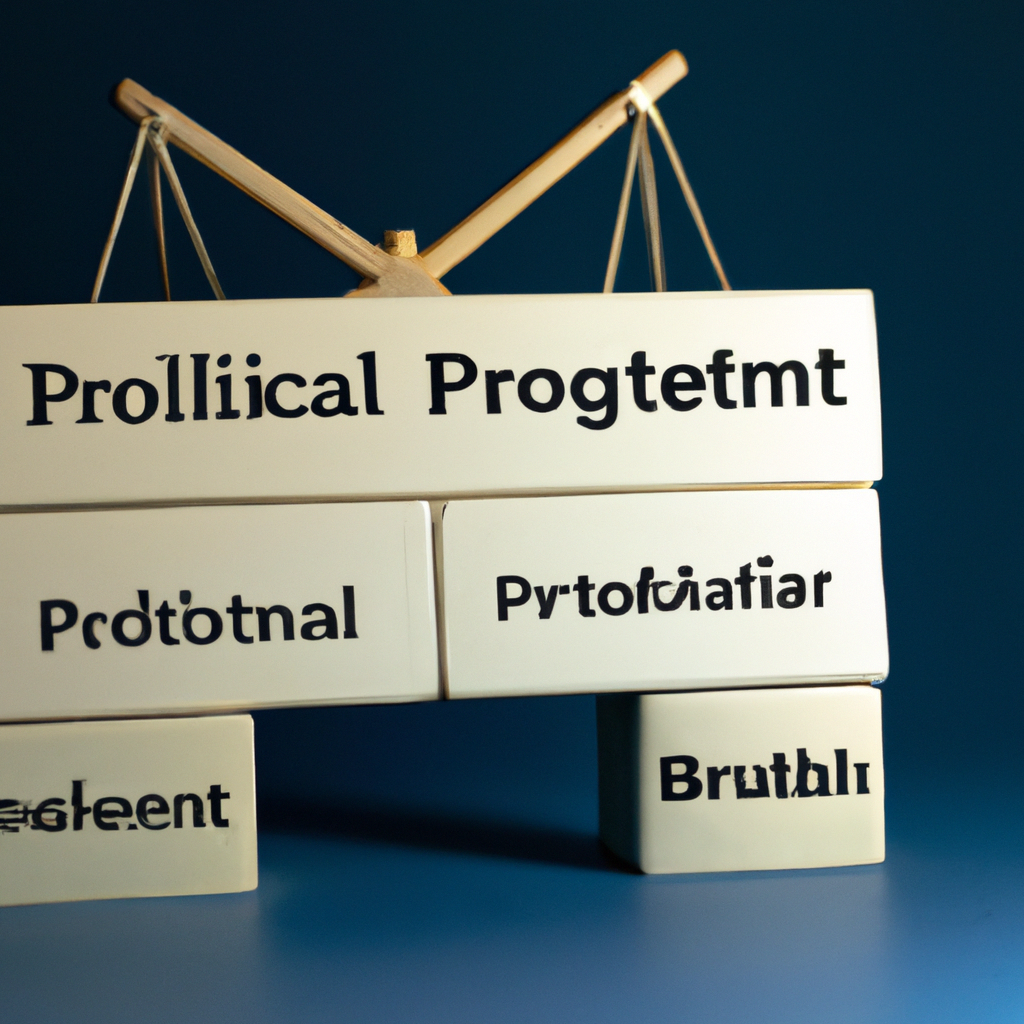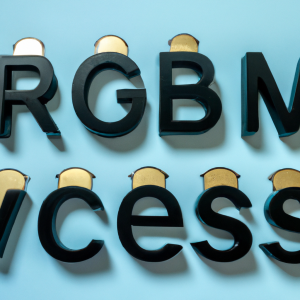How to Create a Balanced Investment Portfolio
Investing can be a great way to grow your wealth over time, but it’s important to have a balanced investment portfolio to help manage risk and maximize returns. Here are some steps to help you create a well-rounded investment strategy:
1. Determine Your Investment Goals
Before you start investing, it’s important to determine your financial goals and risk tolerance. Are you investing for retirement, a down payment on a house, or just to grow your wealth? Understanding your goals will help you determine the appropriate mix of investments for your portfolio.
2. Understand Your Risk Tolerance
Everyone has a different tolerance for risk when it comes to investing. Some people are comfortable with taking on more risk in exchange for potentially higher returns, while others prefer a more conservative approach. Knowing your risk tolerance will help you choose investments that align with your comfort level.
3. Diversify Your Investments
Diversification is key to creating a balanced investment portfolio. By spreading your investments across different asset classes, industries, and geographic regions, you can help reduce the impact of market fluctuations on your overall portfolio. Consider investing in a mix of stocks, bonds, real estate, and other assets to create a diversified portfolio.
4. Rebalance Your Portfolio Regularly
Over time, the performance of different investments in your portfolio may vary, causing your asset allocation to drift from your target mix. To maintain a balanced portfolio, it’s important to periodically rebalance your investments by buying and selling assets to bring your allocation back in line with your desired mix.
5. Consider Dollar-Cost Averaging
Dollar-cost averaging is a strategy where you invest a fixed amount of money at regular intervals, regardless of market conditions. This can help reduce the impact of market volatility on your investments and can be a good way to build a balanced portfolio over time.
6. Monitor Your Investments
It’s important to regularly monitor the performance of your investments and make adjustments as needed. Stay informed about market trends and economic conditions that may impact your portfolio, and be prepared to make changes to your investment strategy if necessary.
By following these steps and staying disciplined in your investment approach, you can create a balanced portfolio that helps you achieve your financial goals while managing risk effectively.










